For any financial professional, it is important to know how to effectively analyze the financial statements of a firm. This requires an understanding of 3 key areas:
- The structure of the financial statements
- The economic characteristics of the industry in which the firm operates and
- The strategies the firm pursues to differentiate itself from its competitors.
There are generally 6 steps help CFO to developing an effective analysis of financial statements
1. Identify the industry economic characteristics.
First, determine a value chain analysis for the industry—the chain of activities involved in the creation, manufacture and distribution of the firm’s products and/or services. Techniques such as Porter’s Five Forces or analysis of economic attributes are typically used in this step.
2. Identify company strategies.
Next, look at the nature of the product/service being offered by the firm, including the uniqueness of product, level of profit margins, creation of brand loyalty and control of costs. Additionally, factors such as supply chain integration, geographic diversification and industry diversification should be considered.
3. Assess the quality of the firm’s financial statements.
Review the key financial statements within the context of the relevant accounting standards. The main question should be whether this balance sheet is a complete representation of the firm’s economic position. Evaluation of the statement of cash flows helps in understanding the impact of the firm’s liquidity position from its operations, investments and financial activities over the period—in essence, where funds came from, where they went, and how the overall liquidity of the firm was affected.
4. Analyze current profitability and risk.
This is the step where CFO can really add value in the evaluation of the firm and its financial statements. The most common analysis tools are key financial statement ratios relating to liquidity, asset management, profitability, debt management/coverage and risk/market valuation.
With respect to profitability, there are two broad questions to be asked: how profitable are the operations of the firm relative to its assets—independent of how the firm finances those assets—and how profitable is the firm from the perspective of the equity shareholders.
5. Prepare forecasted financial statements.
Although often challenging, financial professionals must make reasonable assumptions about the future of the firm (and its industry) and determine how these assumptions will impact both the cash flows and the funding. This often takes the form of pro-forma financial statements, based on techniques such as the percent of sales approach.
6. Value the firm.
Although there are many methods to determine the value of the company but still the most popular method of valuation in accordance with the intrinsic value. The company's value is determined by the above method is called the net asset value of the business. It reflects the intrinsic value and selling prices of each part of the existing assets of the business at the time of valuation.
The next steps
Once the analysis of the firm and its financial statements are completed, there are further questions that must be answered. One of the most critical is: “Can we really trust the numbers that are being provided?” or “There are many reported instances of accounting irregularities?” Whether it is called aggressive accounting, earnings management, or outright fraudulent financial reporting, it is important for the CFO to understand how these types of manipulations are perpetrated and more importantly, how to detect them.
Source Afponline









.jpg)
.jpg)
